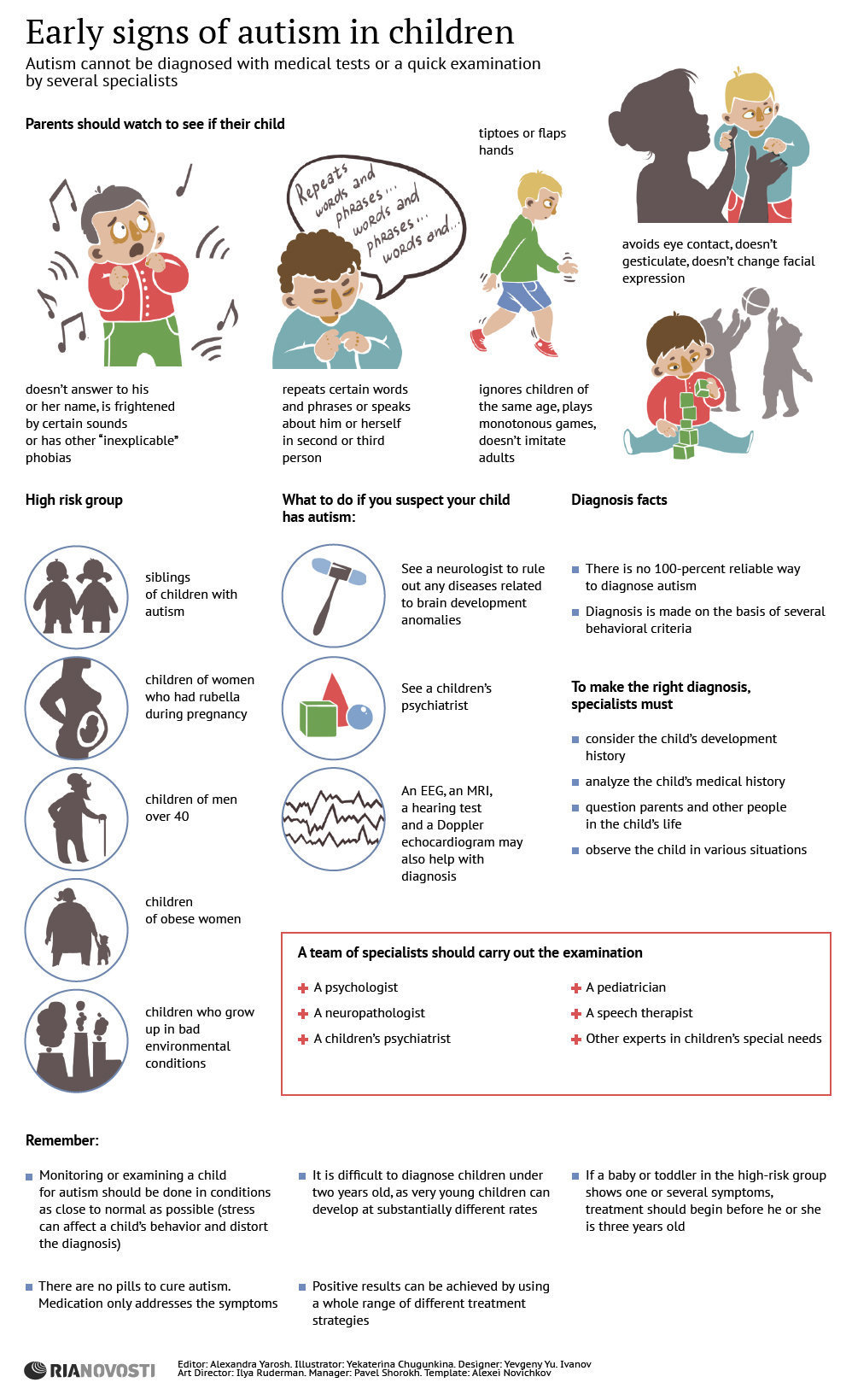Mood stabilizers help to relax areas of the mind that are impacted by bipolar affective disorder. These medications are most reliable when they are taken on a regular basis.
It might take a while to locate the best medication that works ideal for you and your physician will check your problem throughout treatment. This will entail routine blood examinations and potentially a modification in your prescription.
Neurotransmitter law
Natural chemicals are a group of chemicals that control each other in healthy individuals. When degrees become out of balance, this can lead to state of mind disorders like anxiety, anxiety and mania. Mood stabilizers aid to avoid these episodes by helping control the balance of these chemicals in the brain. They additionally may be utilized along with antidepressants to improve their performance.
Medications that function as state of mind stabilizers include lithium, anticonvulsants and antipsychotics. Lithium is probably the most well known of these medicines and jobs by affecting the circulation of salt with nerve and muscular tissue cells. It is usually made use of to treat bipolar disorder, however it can likewise be practical in treating other mood problems. Anticonvulsants such as valproate, lamotrigine and carbamazepine are likewise effective state of mind stabilizing drugs.
It can take a while to find the appropriate kind of drug and dosage for each individual. It is essential to work with your medical professional and engage in an open discussion regarding exactly how the drug is helping you. This can be especially practical if you're experiencing any type of negative effects.
Ion channel inflection
Ion channels are a major target of mood stabilizers and lots of various other drugs. It is currently well established that they are vibrant entities that can be modulated by a variety of exterior stimuli. In addition, the inflection of these channels can have a variety of temporal effects. At one extreme, adjustments in gating dynamics might be rapid and instant, as in the nicotinic acetylcholine receptor/channel system. At the various other end of the range, covalent modification by protein phosphorylation may cause modifications in network function that last much longer.
The field of ion channel inflection is getting in a period of maturation. Recent researches have actually shown that transcranial focused ultrasound (US) can boost neurons by triggering mechanosensitive potassium and salt networks installed within the cell membrane layer. This was shown by expressed channels from the two-pore domain name potassium family members in Xenopus oocytes, and focused United States dramatically modulated the current flowing through these networks at a holding voltage of -70 mV (ideal panel, family member effect). The outcomes follow previous monitorings revealing that antidepressants depression treatment programs affecting Kv channels control glia-neuron communications to contrary depressive-like habits.
Neuroprotection
Mood stabilizers, like lithium, valproic acid (VPA), and carbamazepine, are important in the treatment of bipolar disorder, which is characterized by recurrent episodes of mania and depression. These drugs have neuroprotective and anti-apoptotic buildings that help to prevent cellular damage, and they also boost mobile durability and plasticity in dysfunctional synapses and neural wiring.
These safety activities of mood stabilizers might be moderated by their restraint of GSK-3, inositol signaling, and HDAC activity. Additionally, long-term lithium therapy safeguards against glutamate excitotoxicity in cultured nerve cells-- a version for neurodegenerative conditions.
Research studies of the molecular and cellular effects of mood stabilizers have actually shown that these drugs have a vast array of intracellular targets, including numerous kinases and receptors, in addition to epigenetic alterations. Further study is required to figure out if mood stabilizers have neurotrophic/neuroprotective actions that are cell kind or circuitry certain, and just how these impacts may match the rapid-acting therapeutic feedback of these agents. This will certainly help to establish brand-new, quicker acting, extra effective therapies for psychiatric ailments.
Intracellular signaling
Cell signaling is the process through which cells communicate with their atmosphere and various other cells. It involves a series of steps in which ligands engage with membrane-associated receptors and bring about activation of intracellular pathways that manage important downstream mobile functions.
Mood stabilizers act upon intracellular signaling through the activation of serine-threonine healthy protein kinases, causing the phosphorylation of substrate healthy proteins. This turns on signaling cascades, bring about changes in gene expression and mobile function.
Lots of state of mind stabilizers (including lithium, valproate and lamotrigine) target intracellular signaling paths by inhibiting particular phosphatases or turning on particular kinases. These impacts create a decrease in the task of these paths, which leads to a reduction in the synthesis of specific chemicals that can influence the brain and result in signs and symptoms of depression or mania.
Some state of mind stabilizers additionally work by boosting the activity of the inhibitory natural chemical gamma-aminobutryic acid (GABA). This enhances the GABAergic transmission in the brain and lowers neural activity, consequently producing a soothing impact.
